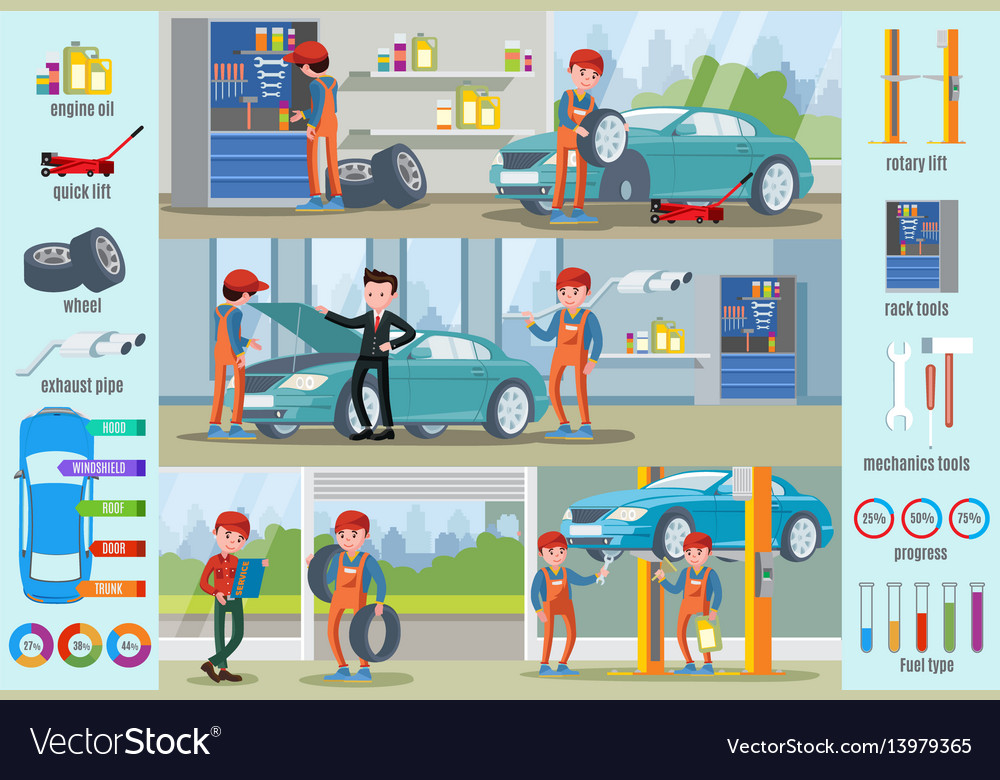Analyzing Your Auto'S Alert Lighting: Their True Implications
Analyzing Your Auto'S Alert Lighting: Their True Implications
Blog Article
Web Content Author-Higgins Torres
When you lag the wheel, those radiant warning lights on your dashboard can be a bit bewildering. Do you know what they're trying to inform you about your cars and truck's health? Understanding the significance of these lights is crucial for your safety and security and the durability of your automobile. So, the following time one of those lights appears, wouldn't you want to decipher its message precisely and take the essential actions to address it?
Common Caution Lights and Interpretations
Recognize usual warning lights in your cars and truck and comprehend their meanings to make certain safe driving.
One of the most regular caution lights consist of the check engine light, which signifies issues with the engine or emissions system. If this light begins, it's crucial to have your car examined quickly.
The oil pressure advising light indicates low oil stress, needing instant interest to avoid engine damages.
A blinking battery light might recommend a defective billing system, possibly leaving you stranded if not addressed.
The tire stress tracking system (TPMS) light signals you to reduced tire pressure, impacting automobile stability and gas efficiency. Neglecting this could cause harmful driving problems.
The ABS light shows a problem with the anti-lock braking system, compromising your ability to stop rapidly in emergencies.
Last but not least, the coolant temperature warning light warns of engine getting too hot, which can result in serious damages if not settled quickly.
Recognizing these common caution lights will certainly aid you resolve problems without delay and preserve risk-free driving problems.
Importance of Prompt Focus
Comprehending the usual caution lights in your car is only the first step; the significance of promptly attending to these cautions can't be highlighted enough to guarantee your safety and security when traveling.
When a warning light brightens on your dashboard, it's your vehicle's method of communicating a potential issue that requires focus. Overlooking these warnings can cause extra extreme problems down the road, endangering your security and possibly costing you extra out of commission.
Trigger interest to warning lights can prevent break downs and mishaps. As an example, a blinking check engine light might show a misfire that, if left ignored, can create damages to the catalytic converter. Resolving this immediately can conserve you from a pricey repair.
Similarly, a brake system cautioning light might signify reduced brake fluid or worn brake pads, important parts for your security when driving.
DIY Troubleshooting Tips
If you observe a warning light on your control panel, there are a few do it yourself fixing ideas you can try before looking for specialist help.
The primary step is to consult your automobile's guidebook to comprehend what the specific caution light suggests. Occasionally the issue can be as straightforward as a loose gas cap causing the check engine light. Tightening up the gas cap may resolve the issue.
Another common problem is a reduced battery, which can set off numerous advising lights. Checking car craft auto detailing for corrosion and guaranteeing they're safe could repair the problem.
If a caution light lingers, you can try resetting it by detaching the vehicle's battery for a couple of minutes and then reconnecting it. Furthermore, inspecting your automobile's fluid levels, such as oil, coolant, and brake fluid, can aid troubleshoot alerting lights related to these systems.
https://www.ktnv.com/news/auto-parts-on-waitlists-due-to-supply-chain-shortage , understanding your car's warning lights is necessary for keeping your car running efficiently and safely. By quickly resolving these informs and knowing what they imply, you can stay clear of costly repair services and possible break downs.
Remember to consult your automobile's handbook for specific details on each alerting light and do something about it accordingly to make certain a trouble-free driving experience.
Stay educated, stay secure when driving!
